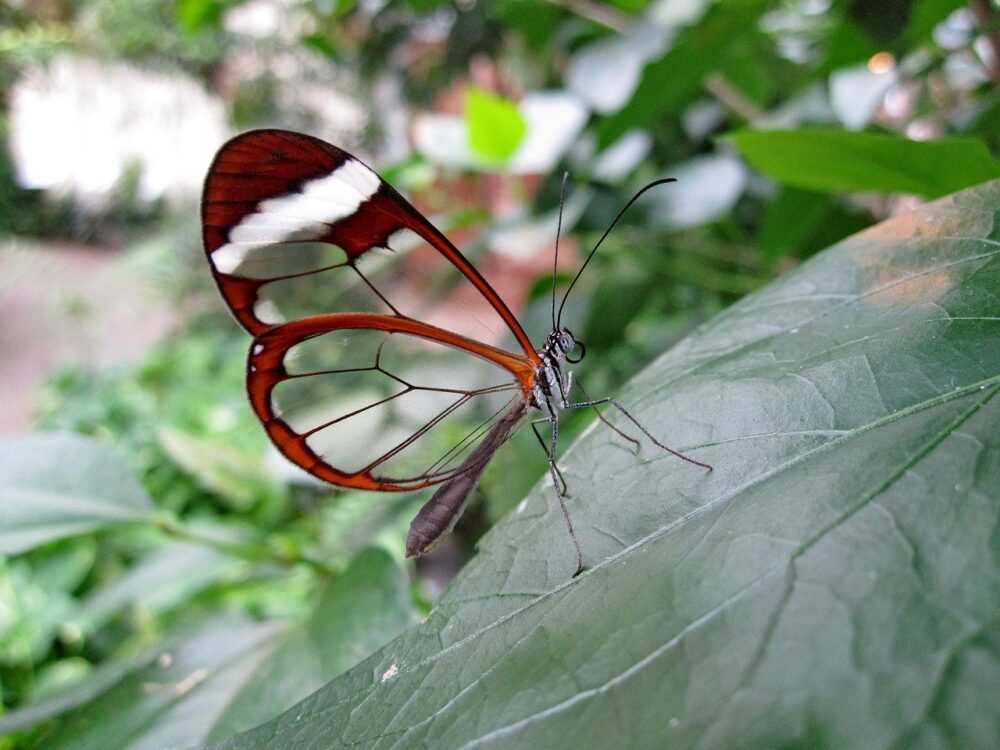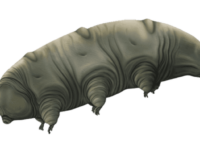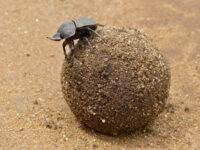Upon first sight, transparent animals seem like ethereal creatures from alternate dimensions of the universe. However, thousands of species of transparent animals inhabit regions all across the world — mainly in marine habitats. These animals lack pigment, allowing light to pass through them and scatter instead of reflecting, which gives them their transparency. From the glass octopus to the glasswing butterfly, transparent animals form an intriguing niche in the fauna of Earth. They resemble their opaque relatives closely but remain distinguished from them in many ways.
One of the primary skills any wild animal needs is survival. Camouflage has been a survival technique for a multitude of animals both on land and underwater. In the ocean, animals that live near the surface of the water use a technique known as counter-illumination that allows them to reflect light to resemble sunlight. Predators from below perceive them as sunlight on the ocean surface. Some other animals use sunlight to their advantage while camouflaging. Researchers Parish Brady and Molly Cummings at the University of Texas at Austin studied silvery fish, like the lookdown, which manipulates sunlight to camouflage. Through photographs, Brady and Cummings discovered that structures on their skin, called platelets, reflect sunlight better than many human-made mirrors.
While the absence of pigment aids in transparency, the light’s medium and angle of travel and the surface of the animal all affect the degree of light scattering.
In the deeper regions of the ocean, animals do not require camouflage because of the low light levels there. In between the lighter upper ocean and darker abyssal zone lies the pelagic zone. With few structures to hide behind, transparent animals evolved and thrive in this middle zone. However, these animals are not completely see-through. While the absence of pigment aids in transparency, the light’s medium and angle of travel and the surface of the animal all affect the degree of light scattering. Additionally, transparent animals’ eyes require light to penetrate them to be able to see, making it impossible for them to be completely invisible. The shadow of their eyes, other organs, or food consumed are often visible on the ocean floor, which makes them easy prey for deeper-swimming predators.
Animals have evolved to protect themselves, however. The glass octopus has elongated eyes that result in reduced peripheral vision and minimize the shadow cast on the ocean floor. The family Cranchiidae, comprising glass squids, has opaque eyes but possess organs known as photophores under their eyes that produce light similar to sunlight. Research conducted at the University of Pennsylvania found that Cranchiidae adjust their emitted light to the sunlight at any given time, allowing them to reach their maximum level of transparency. Another technique to appear less conspicuous is deployed by the tomopteris deep sea worm; they release a glowing part of their bodies to distract predators.
Relying solely on reflecting light may not guarantee survival. Transparent animals’ ability to reflect light may be taken advantage of by predators because they have rapidly adapted to use bioluminescence to hunt. Thus, hyperiid crustaceans use their nano-sized hairs and bumps to minimize light scattering. They are more vulnerable to predation because their outer surface is composed of chitin, increasing light reflection. In a study conducted on the effectiveness of nanostructures in reducing surface reflections, it was found that nano-sized hairs reduced bioluminescence reflection by around 100 fold. This is significant as even minor reductions in reflection can drastically increase survival rates of transparent animals.
Transparent animals’ ability to reflect light may be taken advantage of by predators because they have rapidly adapted to use bioluminescence to hunt.
Land animals typically do not have whole-body transparency. This characteristic can be attributed to the difference in refractive index of biological molecules and air. Refractive index is a measure of how fast light travels through a medium. Typically, light travels slower in denser molecules, like animal tissues, which increases chances of reflecting light. Even components of a cell — such as the mitochondria, nuclei, and lipids — have varying refractive indices. The difference in refractive indices of biological molecules and air is much larger than their difference with water. Because of this, transparency in land animals is restricted to a small part of their bodies — like in the glasswing butterfly. The butterfly’s transparent wings have randomly-sized structures called nanopillars that cause most light rays to pass through without reflecting.
However, there are times when transparent animals gain momentary opacity. Environmental or physiological stress may force an animal into gaining opacity like in the case of the ghost shrimp. In increased temperatures or increased salinity, hemolymph rushes to their intermuscular space to lower their scattering of light.
While transparent animals have adapted their appearance, survival techniques, and habitat, their transparency inspires many more questions whose answers are yet to be found.
Image Source: Pixabay






